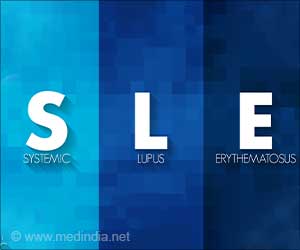According to researchers, when drugs do not completely control epilepsy, surgery often can, and the sooner it is done, the better.
According to researchers, when drugs do not completely control epilepsy, surgery often can, and the sooner it is done, the better.
Yet epilepsy specialists are struggling to get that message to tens of thousands of adult patients, as children go under the knife at younger ages.Says Dr. Deborah Holder, a neurologist at Children's Hospital of Pittsburgh: "Surgery used to be thought of as a last resort. Now we don't think that anymore. "In my perfect world, we'd take care of everybody when they're young."
Almost 3 million Americans have epilepsy, akin to periodic electrical storms inside the brain. When these circuits misfire fast enough, a seizure results. Many are born with it, but epilepsy can develop at any age, particularly after injury to brain cells such as head trauma, meningitis or a mini-stroke.
Up to 30 percent of patients have incurable epilepsy: Medicines do not prevent all their seizures, else they cause intolerable side effects. Many are candidates for surgery- where surgeons cut out the abnormal brain tissue that sparks seizures. At leading centers, up to 80 percent of surgery recipients become seizure-free, with few complications.
That’s not all. Improved technology is allowing surgeons to better pinpoint the bad spot and remove less brain tissue — half as much as the most common epilepsy surgery removed just a few years ago, according to Dr. P. David Adelson, a neurosurgeon at the Pittsburgh children's hospital. Between 3,000 and 5,000 of the operations are performed annually, an increase from 1,500 in the early 1990s, estimates Dr. Robert Gumnit of the University of Minnesota, who heads the National Association of Epilepsy Centers.
However, a sizeable proportion more, 100,000 to 150,000 epilepsy sufferers, are considered surgery candidates. Most have two to five seizures a year despite medication, and have been told to live with it — instead of being sent to an epilepsy center that specializes in complicated cases, says a frustrated Gumnit.
The reason? If two medications fail to control epilepsy — at any age — there's only a slight chance a third will help, according to recent research. Even worse, years of seizures can harm a child's development, sometimes permanently.
Yet, not everyone is eligible for surgery. Seizures may originate in a spot that can't be removed safely. In this case, the options are: · Deep-brain stimulation Major studies are beginning to see if implanting an electrode that emits a low-level electrical current could zap the bad brain tissue and stop seizures as they form. It is already used to control tremors in Parkinson's disease. · Vagus nerve stimulator Doctors also sometimes implant a 'Vagus nerve stimulator' which delivers tiny shocks to a nerve in the neck that in turn signals the brain. It doesn't cure epilepsy like surgery can, but can reduce some patients' seizures. · Also under study is beaming the seizure spot with radiation, using a technique called the Gamma Knife.
Source-Medindia
ANN/V
 MEDINDIA
MEDINDIA
 Email
Email










